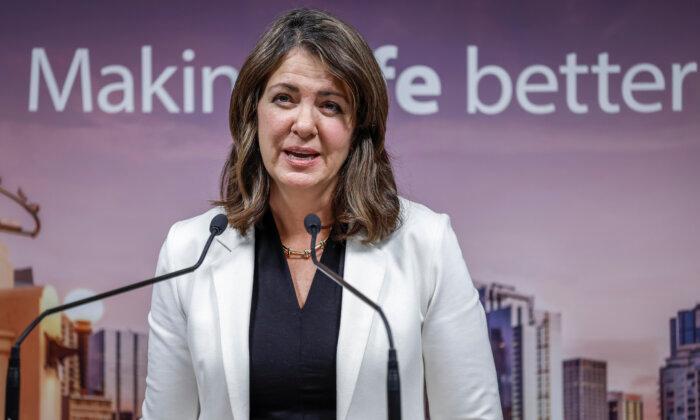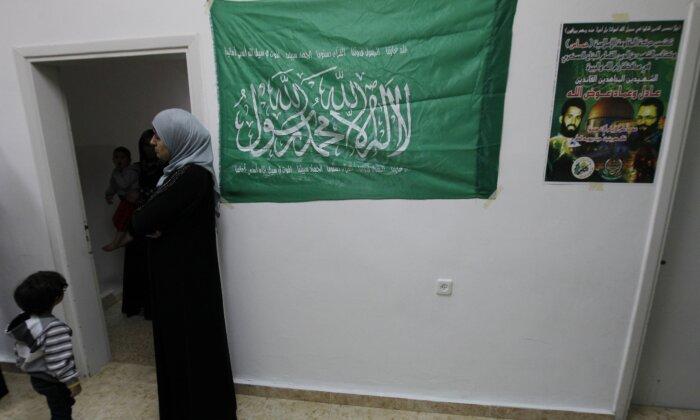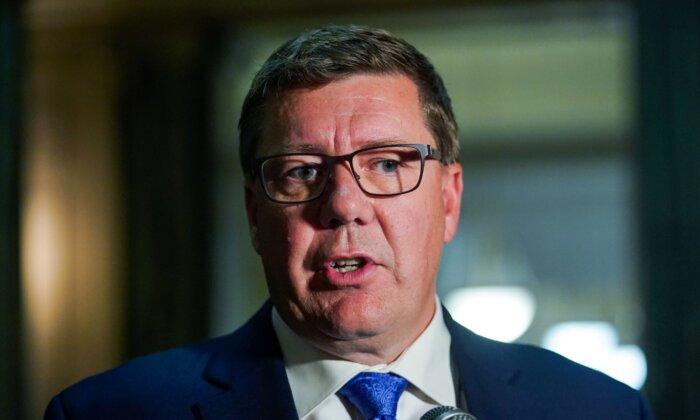EDMONTON—Prime Minister Justin Trudeau and Minister of Public Safety Bill Blair visited Edmonton Monday for an update on Canadian Armed Forces soldiers providing firefighting assistance to Alberta.
Trudeau said the visit was to “receive an update from those on the ground—and to thank them for the work they’re doing.”
Trudeau and Blair visited the Canadian Armed Forces base on the north edge of Edmonton for a brief on the continued threats from active wildfires burning out of control during a provincial heat wave. The federal politicians also stopped at the Edmonton Expo Centre and spoke with Albertans displaced from their homes by the fires, which have been burning since the end of April.
The numbers do not include areas where a municipal government is in charge of fire operations.

Aid
The government has said that Alberta Education will automatically exempt students evacuated due to the fires from writing diploma exams, if they have been displaced from school for 10 or more school days. The province also said it has processed more than 9,400 applications for emergency, one-time financial assistance, and has sent more than $14.8 million in e-transfers to evacuees to help with immediate needs.The government has also distributed more than $2.5 million in debit cards for those evacuees who cannot receive an e-transfer.
Blair said the federal government is negotiating with the United States, Australia, New Zealand, and Mexico for help from additional fire crews.
“The Wildfire situation continues to be extremely volatile hot and dry conditions throughout much of the province are creating the perfect storm for fires to start and grow quickly which poses a significant and unpredictable threat to many communities,” Blair said.
“It’s crucial that all Albertans pay close attention to the fire bans that are in place.”
Extreme
A news release issued by the province at 5 p.m. local time on May 15 said the fire danger is “extreme in northern Alberta with hot, dry, windy conditions expected to persist in the coming days. A moderate to high rating is expected for the southern Rockies.”According to the province, Alberta currently has more than 2,500 wildland firefighters, 165 helicopters, 25 fixed-wing aircraft, and heavy equipment responding to wildfires in the province; 1,649 Alberta Wildfire personnel are deployed across the province.
More than 600 wildland firefighters have travelled from British Columbia, Quebec, Ontario, Yukon, New Brunswick, Nova Scotia, Oregon, Alaska, Washington, Montana, and Parks Canada, to help with firefighting efforts.
There are currently 300 Canadian Armed Forces personnel assisting operations, providing resources and basic firefighting roles, airlift resources for mobility and logistical tasks including the evacuation of isolated communities, and engineering support, including heavy equipment resources as capacity allows.
An additional 62 personnel from New Brunswick and Ontario will arrive in the coming days.
The prime minister invited Canadians across the country to help with donations for immediate and ongoing fire relief efforts to Red Cross’s Alberta Fires Appeal. The federal and provincial government are providing matching donations.




